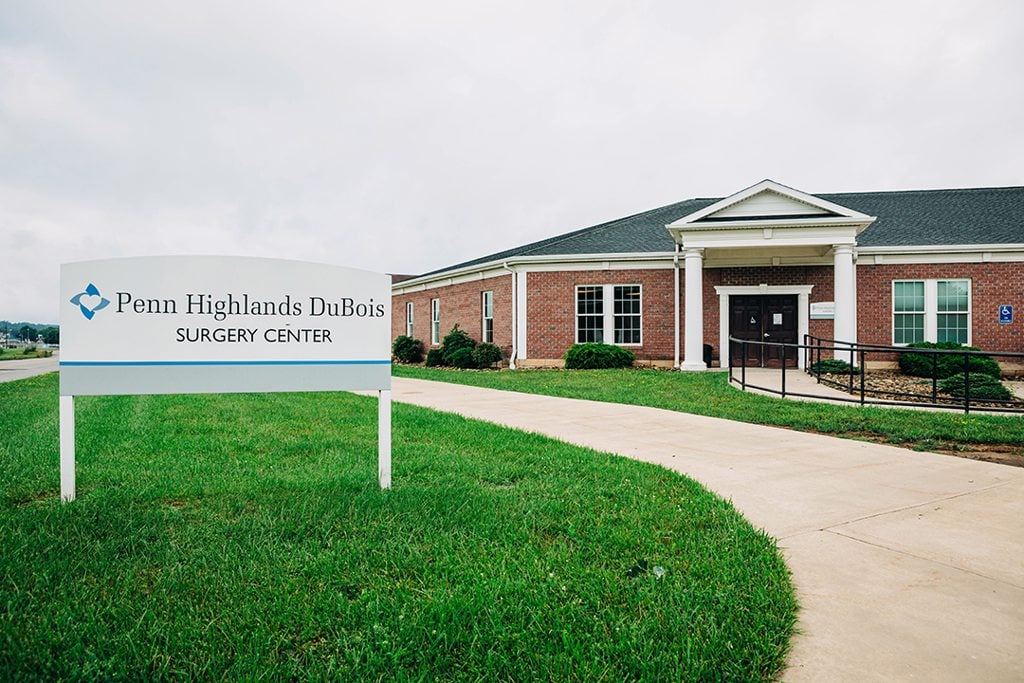
Buy ferrous sulfate pills
The similarity with the tabes of the spinal cord is enhanced in the presence of pupillary disorders. Perhaps a combined lesion of thick and thin fibers.
Fax: 814-503-5666
With a predominant lesion of thick fibers, violations of ferrous sulfate, early loss of reflexes, sensitive ataxia, a feeling of constriction of the limbs, electrical discharges are found (similar symptoms are also noted with damage to the posterior columns of the spinal cord), early loss of reflexes (pseudo-tabetic syndrome). Movement disorders are minimal and often limited to mild weakness and atrophy of the muscles of the foot. Occasionally, paralysis of the extensors of the feet develops, as a result of which the patient cannot stand on his heels, and steppage is detected when walking. Subsequently, moderate weakness of the own muscles of the hand may join.
In places of pressure (for example, in the area of ��the headovok metatarsal bones) painless ulcers can form, which is facilitated by circulatory and trophic disorders in the limb. Sometimes neuroarthropathy (Charcot's joint) occurs, manifested by progressive deformity of the ankle or foot joints. Charcot's joint can develop against the background of minimal manifestations of polyneuropathy. Four factors are important in the pathogenesis of ulcers. damage to small vessels, impaired sensitivity, autonomic dysfunction, secondary infection. Due to atrophy of the muscles of the foot, an increase in the area of ��contact of the sole with the support occurs, which leads to injuries. Minor injuries due to a violation of pain sensitivity go unnoticed and often become infected.
Increased blood flow to the foot due to the expansion of denervated arteriovenous shunts controlled by sympathetic nerves. Increased bone resorption and neuroosteoarthropathy can also occur due to increased blood flow. Neuropathic ulcers and arthropathy lead to buy ferrous sulfate online joint deformity, secondary infection with the development of osteomyelitis or gangrene (diabetic foot).
Pain in diabetic neuropathy has a complex genesis. Its manifestation is associated with the regeneration of thin unmyelinated fibers or with hyperglycemia. It is known that hyperglycemia can lower the pain threshold and reduce the effect of analgesics, so the normalization of blood glucose levels can lead to a significant reduction in pain. In most patients, the pain tends to spontaneously improve within a few months, but sometimes they progress steadily.


